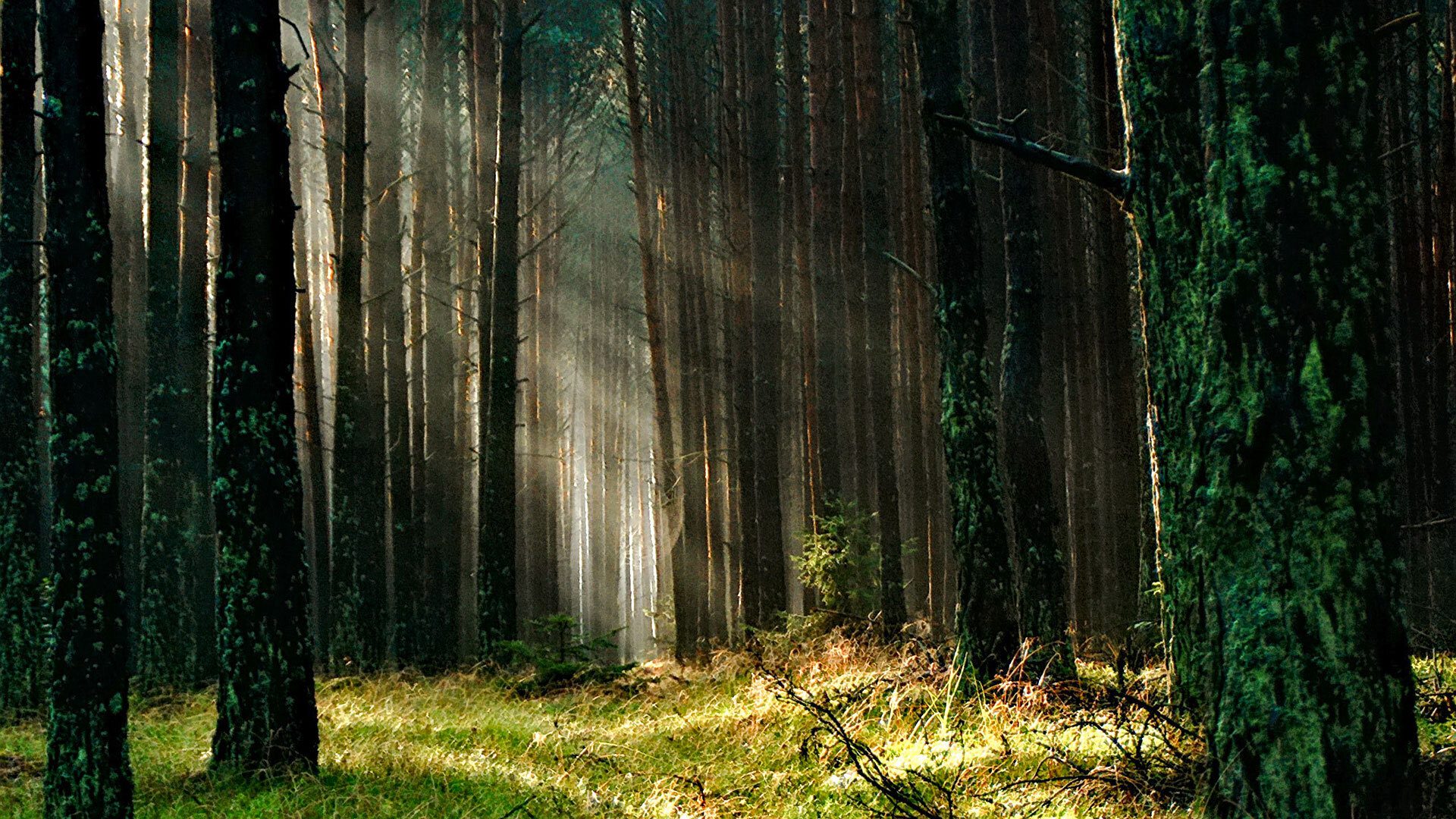- April 18, 2019
- By Sara Gavin
Our state’s forests only store about one-third of the climate-change inducing carbon they’re capable of, according to recent University of Maryland-led research. But tree planting and better forest management could help Maryland meet its greenhouse gas reduction goals while providing more of forests’ other benefits—wildlife habitat, soil protection and cleaner air.
The recent findings, published in Environmental Research Letters, are the result of a new system developed by the researchers to map both current forest carbon stocks and future storage potential—a tool already influencing climate policy at the state level.
With funding from NASA’s Carbon Monitoring System, the UMD-led team combined high-resolution tree measurements gathered by laser-equipped aircraft, optical remote sensing imagery, and data collected at ground level to create an advanced computer model to map forest carbon across the state.
“Because forests have the potential to store a large amount of carbon, and have many added benefits, their management is paramount for effective climate mitigation efforts,” said George Hurtt, a professor of geographical sciences who leads the research team. “However, planning efforts to date involving forest carbon have been limited in part by lack of sufficient high resolution monitoring and modeling methods.”
But the new system has roughly 100,000 times the resolution of global models, making it possible to quantify both forest carbon stocks and the potential for future carbon sequestration—capturing and storing carbon to keep it out of the atmosphere, where it turns up the heat.
Last fall, Maryland officially adopted the system created by Hurtt and colleagues to support the state’s Greenhouse Gas Emissions Reduction Act, which requires a 40% cut in carbon emissions by 2030. The new model allows state officials to accurately assess the climate benefits of planting forests and the costs of losing them, said Elliot Campbell, director of the Center for Economic and Social Science at the Maryland Department of Natural Resources.
The new system “allows Maryland to set the standard of how best to incorporate natural lands into greenhouse gas reduction plans,” he said.
Hurtt and colleagues are now working on extending their system to 10 other mid-Atlantic and Northeastern states. Eventually, the researchers hope to provide forest monitoring and modeling services on a global scale using data from the recently launched Global Ecosystem Dynamics Investigation. Mounted on the International Space Station, that system uses lidar, a laser distance-finding technology, to measure forests around the world.
GEDI was created and led by UMD Geographical Sciences Professor Ralph Dubayah, also a co-author of the present study.
Several other faculty members and graduate students from the Department of Geographical Sciences contributed to the research. Additional contributors were from the NASA Goddard Space Flight Center, U.S. Forest Service, University of Vermont and Maryland Department of Natural Resources.
